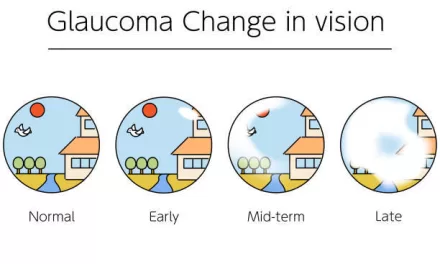
In a breakthrough analysis of real-world patient data, new findings suggest that for acute migraine relief, specific medications surpass others significantly. According to a recent study published in Neurology, triptans, ergots, and antiemetics prove to be two to five times more effective than ibuprofen, while acetaminophen emerges as the least effective option.
This extensive analysis involved nearly 11 million migraine attack records sourced from the Migraine Buddy smartphone app across a span of six years. Researchers scrutinized the effectiveness of 25 acute migraine medications across seven classes, encompassing acetaminophen, NSAIDs, triptans, combination analgesics, ergots, antiemetics, and opioids.
Utilizing a sophisticated multivariate logistic regression model, accounting for within-subject dependency and concurrent medications used during migraine attacks, the study incorporated data from nearly 5 million medication-outcome pairs derived from 3.1 million migraine attacks involving 278,000 medication users.
The standout findings positioned triptans, ergots, and antiemetics as the most effective medication classes, exhibiting notably higher effectiveness compared to ibuprofen. Opioids and other NSAIDs also showcased substantial efficacy, while acetaminophen surfaced as the least effective option in providing relief during acute migraine episodes.
Furthermore, individual medications within these classes displayed varying effectiveness, with eletriptan (Relpax), zolmitriptan (Zomig), and sumatriptan (Imitrex) ranking as the most effective.
Commenting on these findings, the study’s authors highlighted the alignment of their results with existing guideline recommendations. They emphasized that these insights could serve as valuable complements to clinical practices.
However, the study faced certain limitations, relying on subjective user-reported ratings of effectiveness. Notably, information regarding side effects, dosages, and formulations was unavailable. Additionally, newer migraine medication classes like gepants and ditans were not included due to the lower number of treated attacks. The regression model also did not consider certain factors such as age, gender, and pain intensity, which could potentially influence treatment effectiveness.
Funding for this research was supported by the Kanagawa University of Human Service research fund, and detailed disclosures from the authors can be accessed in the original article. The study was led by Chia-Chun Chiang, MD, from the Department of Neurology at Mayo Clinic in Rochester, Minnesota.










